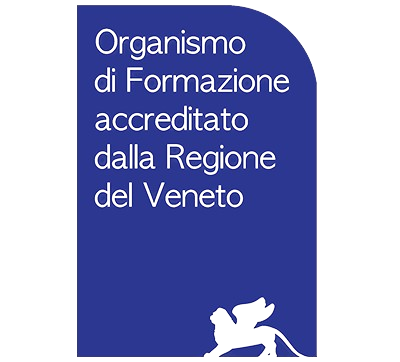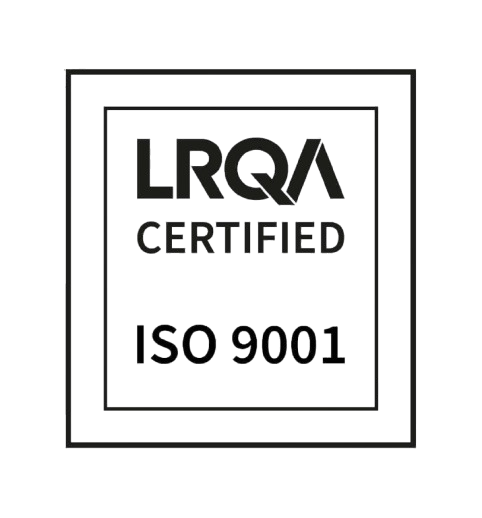Open Access statement
ECF is an Open Access publisher, which means that all content is freely and immediately available without charge to the users and their institution. Users are allowed to read, download, copy, link, print, search, or distribute the full texts of the articles, or use them for any other lawful purpose, without asking prior permission to the Publisher or the Author. This is in accordance with the BOAI definition of open access.
Archives
Our publishing house is affiliated with Ca’ Foscari University of Venice, which makes a deposit in these three open access archives:
- ARCA (Ca’ Foscari University of Venice’s institutional archive):
- PHAIDRA (permanent hosting, archiving and indexing of digital resources and assets):
- Internet Archive (a digital library of Internet sites and other cultural artifacts in digital form):
Costs
Publication costs
ECF is an Open Access Diamond publisher, which means
- No cost for the content reader.
- No cost for the single author who publishes in a journal or volume.
- Costs borne by the institutions to which the researchers who promote the publication of individual books (miscellanies or monographs) are affiliated or borne by the institutions promoting the Journals that bear the entire cost of publication.
Our cost policy can be summarised with this scheme
| USERS | JOURNALS | VOLUMES |
|---|---|---|
| READERS | None | None |
| AUTHORS of journal articles or volume chapters | None | None |
| AUTHORS of monographs | / | Costs to be borne by the INSTITUTIONS to which they are affiliated |
| EDITORS of edited books | / | Costs to be borne by the INSTITUTIONS to which they are affiliated |
| EDITORS-IN-CHIEF of journals | Whole journal to be borne by the INSTITUTIONS to which they are affiliated | / |
In special cases, depending on the needs of individual scholars, we resort to the Open Access Gold formula, in which the contents remain freely and immediately accessible to all upon publication, but the costs can be borne directly by the author.
1. Ensuring quality publications requires dedicated and competent staff. To cover these costs, the Publisher (ECF) applies a fee for each article or work intended for publication. The calculation is based on the overall extension of the text measured in folders equal to 2,000 characters including spaces. The cost can be quantified in a completely approximate way starting from a minimum of 4 euros plus VAT.
2. If the Journal or Series is affiliated to Ca’ Foscari University of Venice, the publication costs are borne by the individual Departments on the basis of specific agreements between them and ECF.
3. In any case, the costs are charged exclusively to the affiliation body, while no cost will be borne by the individual authors.
4. Particular characteristics or complex contents of the articles proposed for publication (non-Western languages, non-standard graphics etc.) may result in the application of a surcharge to the Affiliate Body, which is determined on a case-by-case basis.
For more information, please contact the editorial staff of ECF at the address ecf@unive.it.
Privacy
The names and e-mail addresses found in the Journal’s/Series’ site will be used exclusively for the stated purposes of the Journal/Series and will not be made available for any other purpose or to any other party.
To find out more, please contact Edizioni Ca’ Foscari’s editorial staff at ecf@unive.it
-
date_rangeComplete Privacy Policy

STATEMENT FOR PROCESSING THE PERSONAL DATA
pursuant to Article 13 of Regulation (EU) 2016/679Fondazione Università Ca' Foscari (“Fondazione), in compliance with the obligations set out in Article 13 of EU Regulation 2016/679 (“Regulation”), provides you with information regarding the processing of the personal data you provide by filling out the form available on the “Publish with Us” page of the Edizioni Ca’ Foscari website (www.edizionicafoscari.unive.it - “Website”).
1) DATA CONTROLLER
The Data Controller of your data is Fondazione Università Ca’ Foscari, with registered office at Santa Croce, 507, 30135, Venezia, represented by its current General Director.
2) DATA PROTECTION OFFICER
The Fondazione has appointed a “Data Protection Officer” (DPO), who can be contacted by writing to the email address dpo.fondazione.cf@unive.it or at the following address: Fondazione Università Ca’ Foscari Venezia, Data Protection Officer, Santa Croce 507, 30135 Venice (email ecf_support@unive.it).
3) THE PURPOSES AND NATURE OF CONTROLLED DATA
Personal data provided through the form will be processed for the following purposes:
- Management of publication proposal: data will be used to evaluate and manage scientific or academic publication proposals, as well as for communications related to requests for clarification or collaboration.
- Institutional communications: data may be used to send communications related to events, editorial activities and cultural initiatives with relevant connection to the proposal.
The legal basis for the control is art. 6.1.b) of the Regulation (contract enactment or pre-contractual measures) for the proposal management; the legal basis for institutional communications is art. 6.1.f) of the Regulation (legitimate interest of the Controller).
Non-mandatory data: please note that if any personal data not necessary for the above purposes is entered in the open fields of the form, such data will not be processed by Fondazione and will be immediately deleted in accordance with the principle of data minimisation set out in Article 5 of the Regulation.
4) DATA STORAGE PERIOD
Personal data will be stored for the necessary time required to manage the publication, and, subsequently, for the time required by applicable civil and administrative regulations. Institutional communications will continue until the data subject objects.
5) RECIPIENTS, CATEGORIES OF RECIPIENTS OF PERSONAL DATA, TRANSFER ABROAD
For the aforementioned purposes, in addition to employees and external temporary workers with explicit authorization, personal data may also be processed by subjects that provide Fondazione with instrumental or ancillary services, who are duly appointed as data processors pursuant to Article 28 of the Regulation. In particular, Fondazione has entrusted the digital indexing process of its publications to CrossRef, a company based in the USA. Therefore, by submitting a publication request of their work on the Fondazione’s website, the user explicitly accepts that their data may be transferred outside the European Economic Area (EEA), in accordance with the provisions of the Regulation.
6) RIGHTS OF DATA SUBJECTS AND THE MEANS TO EXERCISE THEM
As a data subject, you have the right to obtain from Fondazione, in the cases provided by the Regulation, access to, rectification, supplementation, erasure, or restriction of the processing of your personal data, or to object to such processing (Art. 15 et seq. of the Regulations). The request may be submitted, without any formality, by contacting the Data Protection Officer directly at dpo.fondazione.cf@unive.it or by sending a communication to the following address: Fondazione Ca' Foscari Venezia, Data Protection Officer, Santa Croce 507, 30135 Venice. Alternatively, you can contact the Data Protection Officer by sending an e-mail to ecf_support@unive.it. GData subjects who deem that the processing of their personal data is in breach of the provisions of the Regulation have the right to lodge a complaint with the Italian Data Protection Authority, as provided for in Article 77 of the Regulation, or to seek judicial redress (Article 79 of the Regulation).
Last update: December 2024
Copyright and licences
-
bookAuthors who publish with this Journal/Series agree to the following terms
1
Authors retain copyright and grant the Journal/Series right of first publication of the work simultaneously licensed under a Creative Commons Attribution Licence (CC). This licence allows others to share the work with an acknowledgement of the work’s authorship and initial publication in this Journal/Series, furnishing a link to the license and explicitly underlining any change. Licence’s standard level for the Journal/Series is CC-BY 4.0. Authors are entitled to choose a more restrictive Creative Commons licence’s level for their work.
2
Authors are free to enter into separate, additional contractual arrangements for the non-exclusive distribution of the Journal’s/Series’ published version of the work, with an acknowledgement of its initial publication in this Journal/Series.
3
Authors are permitted and encouraged to post their work online prior to and during the submission process, as it can lead to productive exchanges, as well as to a wider dissemination of the to-be published work.
-
done_allAuthorizations and waivers
Policy
We are member of Sherpa Romeo (https://v2.sherpa.ac.uk/id/publisher/62419), an online resource that aggregates and presents publisher and journal Open Access policies (https://v2.sherpa.ac.uk/romeo/) and provides summaries of publisher copyright and open access archiving policies on a journal-by-journal basis.
Printed editions and print on demand
It is possible to order a printed edition of a volume in a minimum number of 50 copies, of which 5 will be retained by the publisher for legal deposit and archive.
Paper editions produced on demand are non-commercial.
A commercial edition can be produced through an editorial agreement with ECF’s partner.
To find out more, please contact Edizioni Ca’ Foscari’s editorial staff at ecf@unive.it
Submit a proposal
To submit a proposal for the publication of a book (monograph or miscellany) and obtain an estimate of the costs of digital and print edition, fill in the form provided.
mode_edit FORM

